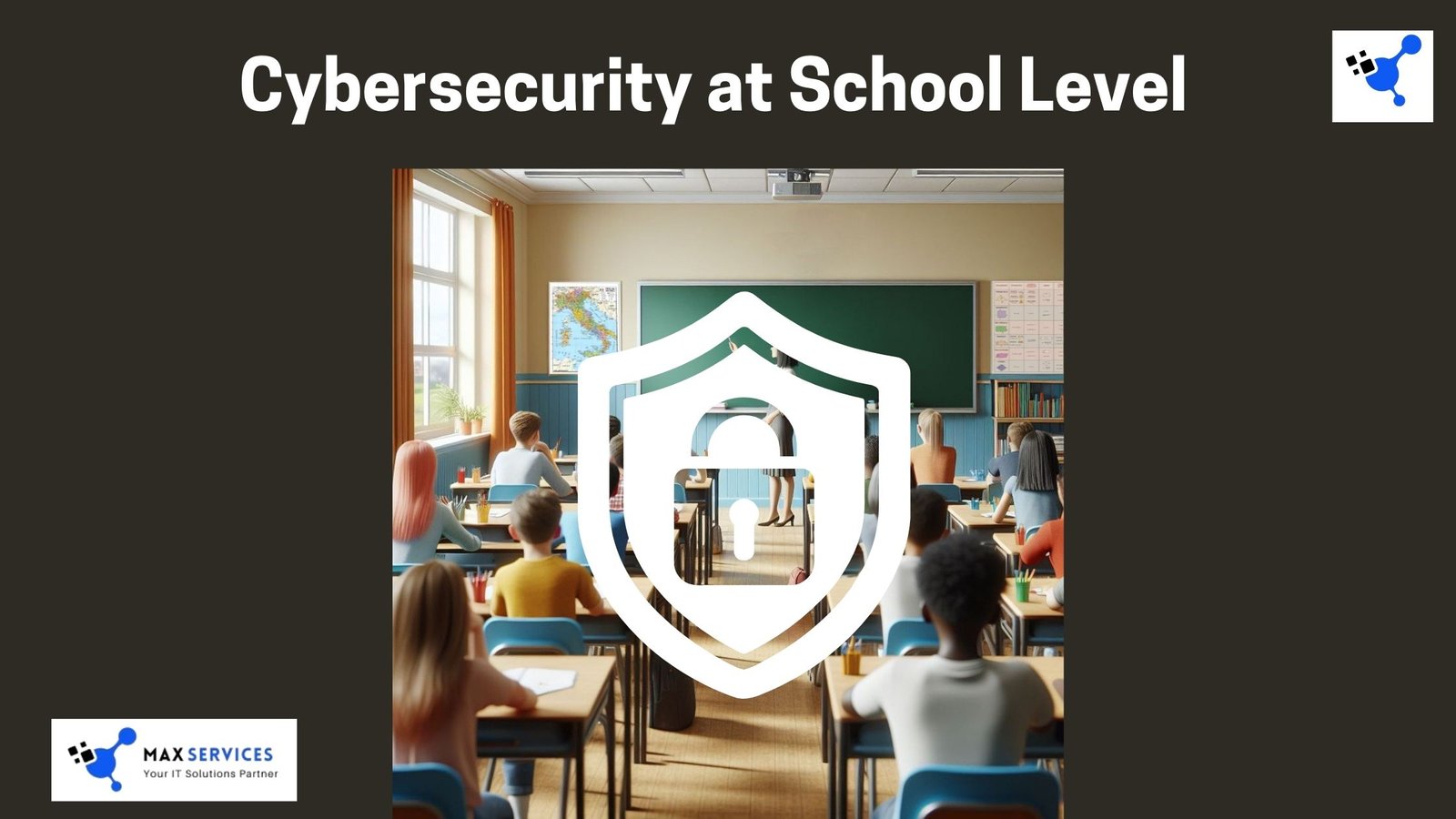
Cybersecurity has emerged as a critical challenge for K-12 schools across the United States. With an increasing reliance on digital tools and technologies in education, these institutions have become prime targets for cybercriminals. Over the past five years, more than 380 ransomware attacks have been reported against educational institutions, resulting in an estimated $53 billion in downtime and the compromise of 6.7 million personal records. The average downtime following such attacks is 11.6 days, translating into over two weeks of lost instruction time—a significant disruption for school districts striving to deliver quality education.
Chris Woehl, Executive Director of Technology and Information Services for the Lake Travis Independent School District (ISD) in Texas, highlights this shift in perspective. No threat actor would try to impact our student learning or attack our school system, but times have changed. Schools are now seen as an opportunity.”
Prime Targets for Cyberattacks
K-12 institutions present a unique trifecta for cybercriminals:
- High-Profile Impact: Breaches in schools trigger emotional responses from parents, students, and the community, amplifying the visibility of the attack.
- Perceived Willingness to Pay: Schools, funded by the government, are often seen as more likely to pay ransoms to restore operations quickly.
- Aging Technology: Many districts rely on outdated technologies, leaving them more vulnerable to sophisticated cyberattacks.
A survey conducted by Dell Technologies in collaboration with partners revealed that 90% of K-12 IT decision-makers believe modernizing IT infrastructure is vital to their institution’s future. However, only 15% awarded their current efforts an “A” grade. Alarmingly, four out of five IT decision-makers acknowledge that legacy systems are putting their institutions at risk.
Federal Support and Initiatives
Recognizing the urgency of the issue, the federal government has taken steps to bolster cybersecurity in K-12 education. The bipartisan Enhancing K-12 Cybersecurity Act, currently under consideration by Congress, calls for the Cybersecurity and Infrastructure Security Agency (CISA) to establish a dedicated school cybersecurity program. CISA has also launched a “voluntary pledge” for educational software makers to prioritize cybersecurity in their product designs. Six major technology companies in the education sector have already signed this pledge.
Additionally, the Federal Communications Commission (FCC) plans to launch a $200 million pilot program to enhance the cybersecurity of K-12 infrastructure. This funding aims to address critical vulnerabilities and strengthen defenses against cyber threats.
Balancing Cybersecurity in a Learn-From-Anywhere World
The shift to remote learning has expanded the cybersecurity landscape, requiring schools to balance robust security measures with ease of access for students and staff. Protecting sensitive data and ensuring threat detection and response are now top priorities for IT decision-makers. Modern infrastructures offer a solution by enabling schools to adopt Zero-Trust security models, which include:
- Multifactor Authentication (MFA): Ensures only trusted individuals gain access to systems.
- Data Protection Across Access Points: Safeguards sensitive information regardless of the device or location of access.
These infrastructures also support disaster recovery, allowing schools to recover quickly from cyberattacks with minimal disruption to operations and learning. This includes supporting Zero-Trust security methods that let trusted people in but stop attackers from gaining access.”
Investing in K-12 Cybersecurity
Despite the clear need for modernization, budget constraints remain a significant hurdle for K-12 IT leaders. The Dell Technologies survey identified financial limitations as the top roadblock to infrastructure improvements. Compounding this issue is the challenge of recruiting skilled cybersecurity professionals. Woehl underscores this struggle: “School districts are competing with the private sector for cybersecurity talent.
- Training and Development Initiatives
Investing in training is a key strategy for mitigating cybersecurity risks. Districts are focusing on equipping personnel to recognize and respond to common attack methods, such as phishing. Additionally, programs like the Dell Student TechCrew are preparing the next generation of technologists by training high school students as help desk technicians. These students gain hands-on experience while supporting district technology teams, freeing IT staff to concentrate on cybersecurity.
- Leveraging Federal Funding
Federal funding, such as the Infrastructure Investment and Jobs Act (IIJA), offers opportunities for schools to modernize their infrastructure. Seventy-four percent of surveyed IT leaders indicated plans to use IIJA funding to enhance technology infrastructure. External pressures, such as cybersecurity insurance requirements, are also driving investments. Londono explains, “Cyber insurance companies are asking if their security posture and risk is adequate. If it’s not, they can’t get insurance.”
Steps to Strengthen K-12 Cybersecurity
Addressing the cybersecurity challenges in K-12 education requires a multifaceted approach:
- Modernize Infrastructure: Upgrade legacy systems to incorporate advanced security measures and disaster recovery capabilities.
- Enhance Training Programs: Equip staff and students with the knowledge to identify and prevent cyber threats.
- Leverage Federal Resources: Utilize available funding and government programs to address vulnerabilities and improve defenses.
- Collaborate with Industry: Partner with technology companies to develop and deploy secure educational tools and platforms.
The Path Forward
As cyber threats continue to evolve, the education sector must prioritize cybersecurity to protect students, staff, and communities. By modernizing infrastructure, adopting advanced security measures, and leveraging federal support, schools can mitigate risks and ensure a safe learning environment. Collaboration among government agencies, private companies, and educational institutions will be key to addressing this growing challenge. With concerted effort and investment, we can secure our nation’s schools and safeguard the future of K-12 education.


